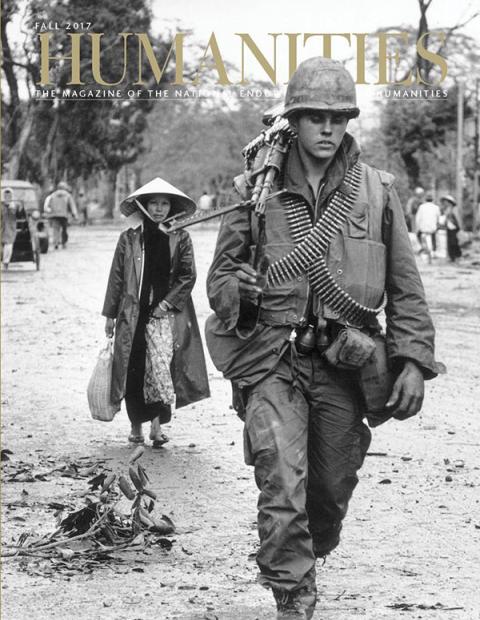In December 1845, Charles Dickens published a holiday story that quickly became a sensation among Victorian readers. Its first printing of 16,500 copies quickly sold out before the new year, then went into numerous reprints that affirmed its commercial appeal.
His well-received novel that year wasn’t A Christmas Carol, the tale that modern audiences consider his quintessential yuletide work, but The Cricket on the Hearth, a story few readers beyond diehard Dickens fans recognize today.
Dickens (1812–1870) might be surprised by how little Cricket and his other holiday stories besides A Christmas Carol are read. After publishing Carol in 1843, he produced four other Christmas novels in quick succession, deeming some of his handiwork even more appealing than his iconic account of Ebenezer Scrooge.
When he published The Chimes, a follow-up to Carol for the 1844 holiday season, Dickens was sure he’d topped himself. “I believe I have written a tremendous Book; and knocked the Carol out of the field,” he told his friend Thomas Mitton. “It will make a great uproar, I have no doubt.”
But posterity has been less kind to Dickens’s non-Carol Christmas tales, which also include The Battle of Life (1846) and The Haunted Man (1848). A quick survey of Dickens’s holiday also-rans provides some clues about their lack of staying power.
The Chimes, in which the poor Englishman Trotty Veck is haunted by visions of oppressive poverty that serve as a form of moral instruction, seems obviously derivative of Carol, but without its memorable characters. Dickens biographer Angus Wilson, expressing what appears to be a critical consensus, lamented that this takedown “of a wicked social order never comes to life.”
The Cricket on the Hearth, about a miser named Tackleton who has a last-minute spiritual conversion, seems like warmed-over Carol, too—the nineteenth-century version of a by-the-numbers Hollywood sequel. The Battle of Life, a saccharine tale about a saintly maiden who allows her true love to marry her own sister, doesn’t even benefit from yuletide cheer, since the only holiday scene in the novel is an afterthought. Even Dickens seemed sick of the grind, at one point thinking of leaving Battle unfinished.
By the time he published The Haunted Man, yet another story of a spirit-addled misanthrope who turns over a new leaf, Dickens had clearly run out of steam with his Christmas series. Even his loyal fans were beginning to weary, not seeing the tortured main character, Professor Redlaw, as very compelling. Many readers, says Dickens biographer Michael Slater, “found the story of Redlaw’s emotional and spiritual journey both confused and confusing.”
On the whole, though, Dickens’s yuletide novels proved lucrative, a big reason he continued to write them. As Slater points out, “such keenly-anticipated annual productions from his pen were guaranteed money-spinners.”
“The market for a Christmas book from Dickens had been created,” biographer Claire Tomalin notes of the public mood after Cricket was released, “and the public now looked forward to getting one. If their quality declined—as it did . . . their sales increased.”
Though all but one of Dickens’s Christmas stories has lapsed into obscurity, even the lesser ones sometimes allowed him to explore themes he’d later perfect in more fully realized novels. The moral ambiguities of The Chimes, for example, seem to anticipate the Dickens classic Little Dorrit, Wilson writes.
What’s elevated Carol from the Christmas canon of Charles Dickens as its fellow yuletide narratives have faded? “It is just as much a compendium of the social obsessions that pressed upon Dickens so fiercely at this time,” writes Wilson, “but . . . the result is extraordinarily vivid, like some sermon acted out in a dream.”
If Dickens’s later Christmas novels prove nothing else, it’s that no holiday author has ever been able to top A Christmas Carol.
Not even Charles Dickens.


